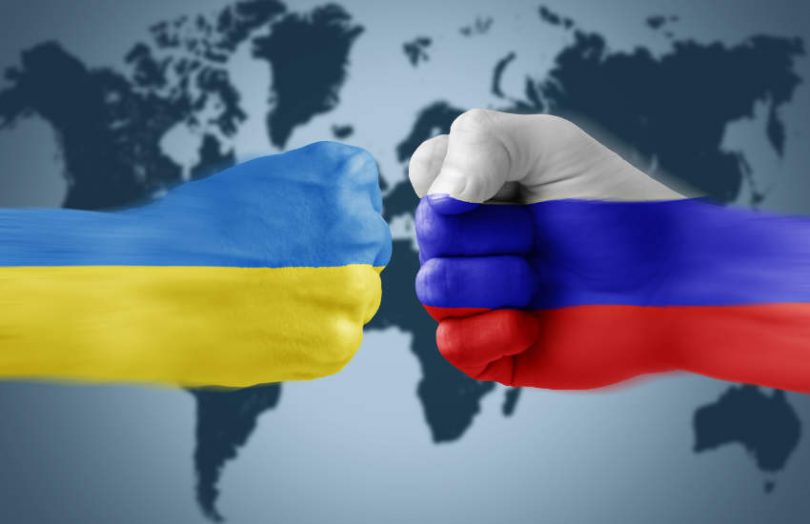Yesterday Europe, the United States, Canada and the UK agreed to ban certain Russian banks from the SWIFT messaging system, the primary global network used for cross border payments. On the one hand, the West seems to have little choice following Russia’s invasion of Ukraine. However, in many ways, this is a financial nuclear option. Going nuclear has blowback. Using this weapon now will make it harder to do so in the future against other countries.
This isn’t just about payments shifting to cryptocurrency. It’s about a longer term move towards central bank digital currencies (CBDCs) for cross border payments. Payments using government currencies will become decentralized, removing the reliance on SWIFT.
Many central banks worldwide are involved in trials of multiple digital currency cross border payment initiatives known as multi-CBDCs (M-CBDC). That includes China – which is acutely aware of its reliance on SWIFT. Although most transactions still go via SWIFT, it has already created its own conventional alternative, CIPS.
China is involved in the MBridge digital currency initiative for cross border payments that includes Hong Kong, Thailand and the UAE. The architecture of these systems is quite different to SWIFT, which is purely used for messaging with banks and intermediaries processing the payments. Instead, the digital currency initiatives exchange currencies directly, making cross border payments cheaper and faster with fewer intermediaries. While these are the goals of these projects, the effects are to reduce the reliance on SWIFT.
In 2019 the Russian Direct Investment Fund (RDIF) suggested that BRICS countries should create their own currency for similar purposes.
The SWIFT ban could accelerate the development of these cross border efforts. On the one hand decentralization has advantages. But fragmentation in payments often adds complexity and cost. And it will make it far harder to use sanctions for payments.
Russia’s shift on cryptocurrency
It’s likely the planned war has altered the Russian government’s stance on cryptocurrencies. For years the Russian authorities resisted cryptocurrencies. Yet in the last month, there was an apparent about-face.
In 2020 Russia enacted its Digital Financial Asset (DFA) regulations with a focus on tokenizing real world assets such as commodities for trading purposes. The law came into force in January 2021 and distinguishes DFA from cryptocurrencies, which the legislation banned for use as payments.
While the Russian central bank still wants to outlaw cryptocurrencies entirely, the Ministry of Finance has instead proposed legislation to regulate the sector. According to Russian news agency TASS, it submitted draft legislation to the government last week.
It appears to retain its ban on the use of cryptocurrency for payments. However, the wording of the news release is telling. It states, “the use of cryptocurrencies as a payment instrument will still be prohibited on Russian territory.” In other words, cryptocurrencies will be banned for domestic payments. Depending on the final terminology, that may leave the door open for cross border payments.
Meanwhile, the cryptocurrency community sees the SWIFT ban as justification for its existence, because in theory cryptocurrency is beyond the control of governments. However, public blockchains are somewhat transparent, which means payment flows can be tracked. And many, but not all, cryptocurrency exchanges comply with AML and sanctions. It could also accelerate moves by Western governments to regulate the sector.
The deputy president of the Ukranian government has requested contributions in cryptocurrency. So far it’s received around $7.3 million.







